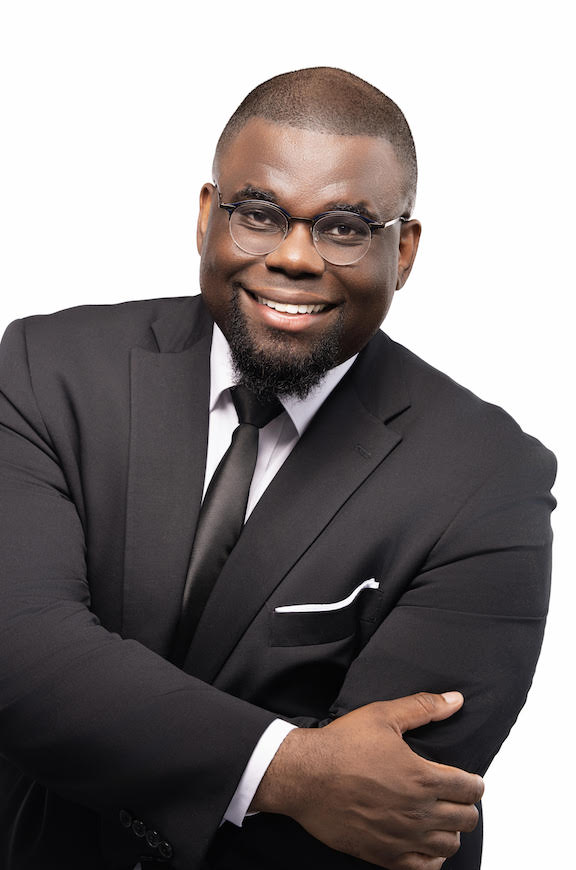SETSER: The Roaring Twenties: On perfect imperfection
Published 12:00 pm Sunday, January 5, 2020

- Adam Setser
Louis Armstrong is on stage with his band — the Creole Jazz Band out of New Orleans — and he’s scatting into the microphone, trumpet in his left hand and a cocktail in his right, living his dream. Only tonight he’s not in New Orleans; on the front row is Al Capone.
It’s the ’20s, and it’s perfect. A Ford Model T will cost you $290, a significant discount to the $850 it cost 20 years prior. The first “talking” motion picture is in theaters.
Trending
But it wasn’t all peaches and cream.
In the midst of unprecedented growth and success, there was an undercurrent of disillusionment. This generation after World War I was dubbed “the lost generation,” because they had, in F. Scott Fitzgerald’s words, “grown up to find all gods dead.”
For them, the curtain was removed. Everything in this life that Americans had worshipped was there, laid bare for the taking. For all of recent history, America had waited for this day. But it wasn’t what it was cracked up to be.
The heavens were brought to earth, and the gods were nowhere to be found.
Perfection was here, but it was imperfect.
Let’s go back a hundred years, before the Civil War, before the Oklahoma land rush.
Trending
In the 1820s, America was primarily a textile manufacturer (this is all before Carnegie and Rockefeller). Inventions like the cotton gin and production factories changed industry. Napoleon was recently exiled and America was still becoming a nation.
The 1820s were spent simply trying to accomplish comfort.
What about rewinding another hundred years?
In the 1720s, there were just the 13 colonies, for one thing. Disease was the main enemy, constantly threatening the very existence of the less than 1 million citizens in the colonies. Most were farmers; agriculture was the main business.
The 1720s were spent trying to accomplish survival.
But once America reached the 1920s, with all the modern power of the Industrial Revolution, the dream had finally arrived, perfection was within reach.
But it was cracked, broken, faulty — imperfect.
The lost generation were the ones who felt the cracks, and like biblical prophets, spoke out about them. This generation produced books like Fitzgerald’s own “Great Gatsby” and Hemingway’s “The Sun Also Rises.”
One such prophet was Nick Carraway, the narrator of Fitzgerald’s classic, “The Great Gatsby.” Nick gets to know the Jay Gatsby everyone knows and loves, the successful, magnanimous personality who is always throwing parties and lavishing his resources on all his friends.
But it wasn’t long before he met Gatsby’s underlying character, a cross between Al Capone and the Count of Monte Cristo.
Nick watches as this paradox of a man is destroyed because of his unrequited dream — a desperate lust for the perfect life.
In the 1920s, the American Dream was to actually attain perfection. But it was doomed to fail.
In the last hundred years some have given up hope, life an exercise of futility.
Still others have forgotten the lessons of their fathers, turning a deaf ear to the lost generation.
But there is a remnant who have heard the cries of the prophets, and they have dreamed again.
Here’s to them.
Here’s to 2020.
Adam Setser is a financial advisor with Kerrigan Capital and Risk Management, 3543 N. Crossing Circle, Valdosta.
Securities and insurance products are offered through Cetera Investment Services LLC, member FINRA/SIPC. Advisory services are offered through Cetera Investment Advisers LLC. Cetera firms are under separate ownership from any other named entity.
The opinions contained in this material are those of the author, and not a recommendation or solicitation to buy or sell investment products. This information is from sources believed to be reliable, but Cetera Investment Services LLC cannot guarantee or represent that it is accurate or complete.





